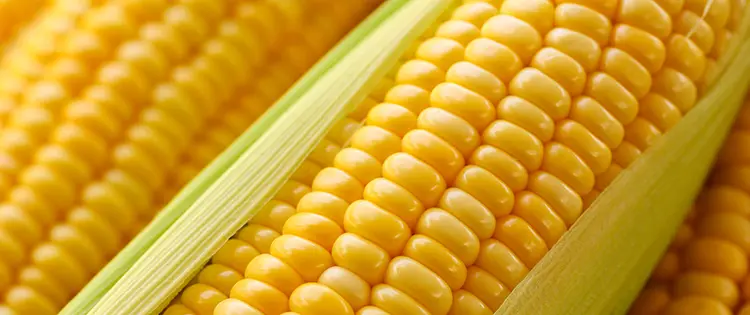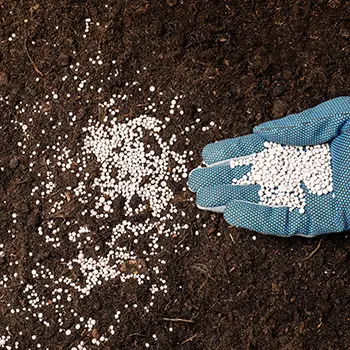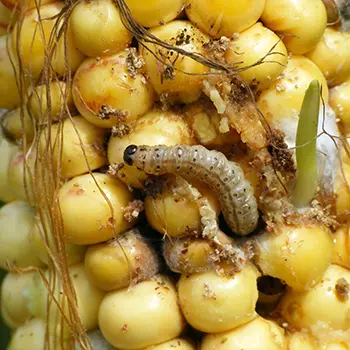Corn is one of the oldest vegetables known to man. It’s said to have kept ancient civilizations alive through the centuries. Corn is still popular in many cultures today; some even consider it a sacred vegetable, going to great lengths to protect it from harm.
Although corn is technically a grass, many commercial products use it as a vegetable. These products include hominy grits, chicken feed grain, corn syrup, and various grain and flour alternatives. Corn is a versatile and cost-effective vegetable that is easy to grow in your homestead garden.
In this article, you’ll learn everything you need to know about growing corn.
Reasons for Growing Corn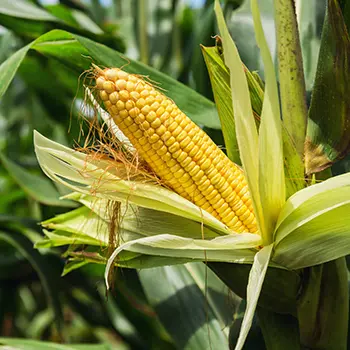
There are many reasons why it’s a good idea to grow corn on your homestead; here are some of them:
- Corn does not require a lot of space to grow.
- Is a multipurpose crop and can be used as a vegetable or a grain.
- Corn can be preserved, processed, or frozen.
- Is tasty and nutritious and provides a good source of fibre.
- Corn is suitable for feeding livestock and people.
Tips For Growing It Correctly
Plant corn seeds 1 to 2 inches deep in well-drained, rich soil. For best pollination, plant corn in a 2 to 3-row formation that is 10-15 feet long and 24-36 inches apart. Corn plots should only contain one type of corn to avoid cross-pollination.
The ideal soil pH is 7.5; before planting corn, do a soil test to measure your soil’s pH. If there are any imbalances, make adjustments until you get a neutral pH. If the soil’s pH is less than 6, it is acidic and needs limestone.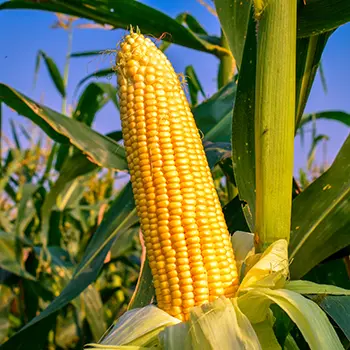
If the pH exceeds 7, it is alkaline and needs sulfur. The amount of limestone you need depends on the size of your plot and how much deficiency you need to correct. If you still have problems, you may need a professional gardener to resolve your soil issues.
Some additional tips for growing corn include:
- Plant corn as soon as the last frost has passed and as soon as the ground temperature reaches at least 65°F.
- You can plant corn seeds 12-18 inches apart in well-drained soil to prevent seed rot.
- Plant corn in an area where the plant will get at least 6-8 hours of sunlight per day.
- Make sure you plant your corn with enough space to grow 6-8 inches in height.
- Plant corn where there are no obstructions.
- Plant corn away from other sun-loving plants.
Water Requirements
Water is essential for the growth of strong, well-developed corn plants. During the tasseling stage, you will need to water corn more than usual, but make sure the soil is not waterlogged. Corn generally needs approximately 1-1.5 inches of water per week during the tasseling stage.
Watering in the morning will ensure good hydration and allow the foliage to dry before exposure to full sunlight. It will also give it more time to absorb the water before evaporation occurs.
Mulch is important for reducing evaporation and keeping moisture in your soil. Organic compost helps correct soil imbalances while maintaining a neutral pH.
Fertilizer Requirements 
Fertilize corn once the plants reach 8 inches height and again when they are 18 inches tall. Use about ½ cup for every 10-foot line of corn planted. Apply an organic 5-10-4 fertilizer rich in nitrogen-phosphorus-potassium. You can buy them online or in any garden center.
Nitrogen is essential for growing strong, healthy corn plants. Experts recommend fertilizing corn plants again once they reach 24 inches tall, but this time with a 5-5-5 fertilizer.
Repeat the process when the female stalks start growing. Depending on your corn crop, the richness of your soil, and the growing environment, you may add organic soil amendments before planting your corn. Organic soil amendments include cotton blood meal or fish emulsion.
Organic soil amendments are good to use because they come from natural, safe sources, and you won’t need to worry about them burning your plants.
The Pollination Process When Growing Corn
Pollination takes place after tassels appear at the top of a corn plant. These tassels are the male portion of the plant; during pollination, they release pollen that falls on the female’s silks below.
Pollination is essential for the corn-growing process; without it, the plants will fail to produce corn with filled ears. About 2-3 days after the pollen arrives, the male tassels start pollinating the silks. This 2 to 3-day interval allows the female silks to become more receptive to the male pollen deposit.
Managing Pests
Use a general pesticide to control pests such as caterpillars, earwigs, earworms, and thrips. A pesticide containing Spinosad works best. Spinosad has been given the thumbs up by the USDA’s National Organic Program.
The ingredient is safe for plants, people, and beneficial insects. You can purchase products containing Spinosad online or from garden centers.
Protecting Your Corn Against Disease
Keep an eye on the health of your growing corn plants by using disease prevention strategies early on. Use any effective prevention methods and use organic products or chemicals if needed. Here are some of the best ways to protect your corn against disease:
- Maintain a weed-free and clean planting area. Get rid of weeds and crop residue that house disease pathogens. To prevent the spread of disease, dispose of infected plant material correctly.
- Don’t handle corn plants when wet because moisture helps spread disease. Ensure you have a proper drainage system to prevent waterlogged soil.
- To prevent cross-contamination, use sanitized tools and equipment when working with corn plants.
Choose corn varieties that are resistant to common diseases. These include the Pride of the North, Stewart’s Wilt, and Maize Dwarf.
Final Thoughts
Growing corn is a rewarding experience that provides a staple crop for your family and contributes to sustainable living and self-sufficiency.
By implementing these corn-growing suggestions and continuously educating yourself about the most effective ways to grow corn, it won’t be long before you have a never-ending stream of this delicious vegetable at your disposal.
You may also like:
How to Plant The Three Sisters Garden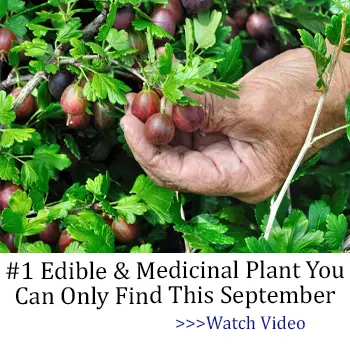
The Most Powerful Survival Food You Can Make at Home: 20+ Years Shelf Life (Video)
Strange Gardening Tips And Tricks That Really Work

